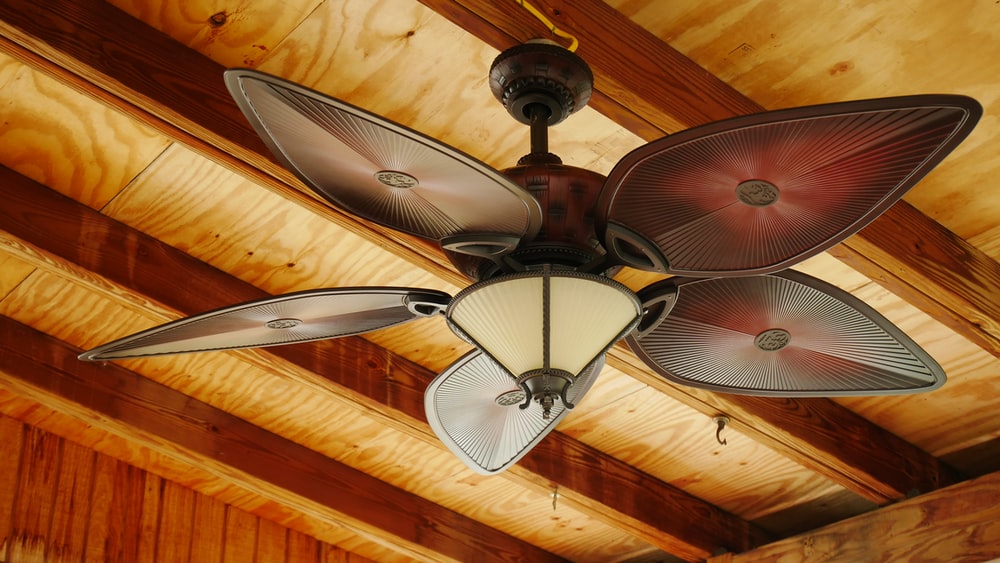Welcome to the topic “Ceiling Fan Install.”
Installing a new ceiling fan is a cost-effective solution to lower your energy expenditures while maintaining comfort. A fan installation is an excellent weekend project for any ardent do-it-yourselfer because it takes only a few hours to complete, and the payoff is immediate.
You’ve found the ideal ceiling fan – the proper size, style, and finish – and are looking forward to relaxing in the soothing breeze. As you prepare to install your new ceiling fan, here are ten fundamental tools to have on hand for every application. Having the proper tools for installing a ceiling fan ensures a safe project and fast completion.
Tools Needed for Installation
Crescent Wrench – A crescent wrench, also known as an adjustable wrench, includes a set screw that adjusts the width of the wrench by shifting one of the two jaws to the right or left. Tighten a support brace or any fasteners with a crescent wrench.
Drills holes in a variety of materials with a cordless drill and a long bit. Install the junction box or utility box to the ceiling joists with a cordless drill.
Voltage Tester – A voltage tester, also known as a test light, comprises two leads that detect the presence of electricity in a fixture. When wiring a ceiling fan, use a voltage tester with one lead on the ground wire and the other lead on the hot wire to ensure no electricity goes through the wires.
Wire Cutters/Strippers — Also known as diagonal pliers, wire cutters cut wire by indenting and wedging it apart. Wire strippers remove the electrical insulation from the ends of wires. Many hand tool makers sell wire cutters and strippers together. Cut and strip the ceiling fan wires with these tools during the downrod assembly to install a ceiling fan.
Pliers – A tool for firmly holding an object in place. Tighten set screws and lock nuts using pliers during downrod assembly.
Screwdrivers are tools that are used to turn or drive screws. Flat-head screwdrivers and Philips screwdrivers are the most prevalent screwdriver types. Tighten and secure with a screwdriver.
Electrician’s tape, often known as insulating tape, is used to secure electrical cables and other electrically conducting materials. Electrical tape is pressure-sensitive and flexible, with long-lasting insulation. To insulate all wire connections, wrap them in electrical tape.
Use a ladder to reach the mounting bracket, hang the motor assembly, and wire the ceiling fan. Choose a 5-foot stepladder if your ceiling is 9 feet or higher. Choose an 8-foot stepladder if your ceiling is 12 feet or higher. Choose an 11-foot stepladder if your ceiling is 15 feet or higher.
Dusk Mask – Keeps dust and other debris out of your lungs while constructing, installing, or cleaning a ceiling fan.
Safety Glasses – Protect your eyes during the installation procedure from hazardous materials and flying debris.

Choosing a location for installation
Choosing an installation location is just as crucial as picking out a ceiling fan. The proper location protects your safety as well as the performance and effectiveness of the fan. Consider the following details when choosing an installation location:
- When ceiling fans are hung at least 8 to 9 feet above the floor, they produce the best airflow.
- The blades of ceiling fans must be at least 7 feet above the floor. If you place a fan on a high or slanted ceiling, a longer downrod may be required to maintain blade clearance.
- Ceiling fan blades must be 8 to 10 inches below the ceiling.
- Ceiling fan blades must be at least 18 inches away from any wall, door, cabinet, or post.
Ascertain that the place on the ceiling and the surrounding region are not broken or damaged.
Guide to removing a ceiling fan and preparing for a new one
Step 1
Turn off the power to the existing fan or light at the main fuse or circuit box and use a circuit tester to confirm that the power is turned off. Turn off the wall switches for the lighting fixtures.
If the site has dual-switch wiring — one switch controls the fan, and another controls the light – identify the wires, so you know which ones go to the new fan and which ones go to the light.
Step 2
Remove the existing fixture and disconnect the wires. Enlist the assistance of a friend to assist you in removing the fixture.
Examine the electrical box located in the ceiling. It must be safe to use with ceiling fans. Look for this information stamped on the inside of the package. A fan weight rating may also be displayed.
The box must be securely fastened to the building structure; it must also be grounded or connected to a ground wire in the ceiling. If you are unsure about the appropriateness of the current box, buy and install a new one. Check that it is suitable for ceiling fan installation and can support the weight of the fan.
Step 3
When installing one, fasten a new electrical box to a ceiling joist or a 2-by-4 wood brace between two ceiling joists. If no suitable joist or brace is available, but you have access to the framing through the attic, add a brace to support the fan.
Installing an extendable ceiling fan hanger bar and electrical box is another option. A hanger bar for new work is screwed to the joists. To install it, you’ll need access to the joists, which you may get from the attic.
By fitting the bar through the rough opening, you can install a hanger bar for old work below the ceiling. Extend the bar until it is snugly wedged between two joists. Details on installing a hanger bar and box can be found in the manufacturer’s instructions.
The new electrical box needs to be grounded or connected to a ground wire in the ceiling.
Using your new ceiling fan
Using a ceiling fan in conjunction with your air conditioning and heating system minimizes energy consumption and boosts utility bill savings. Some homeowners have experienced a $500 annual savings. Remember that while installing a ceiling fan may take a few hours, the comfort and savings are well worth the effort.
Have any questions regarding the topic Ceiling Fan Install? Feel Free to comment below.
Also Read: Car Charger Install in Watkinsville




